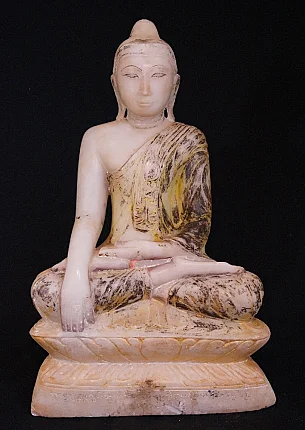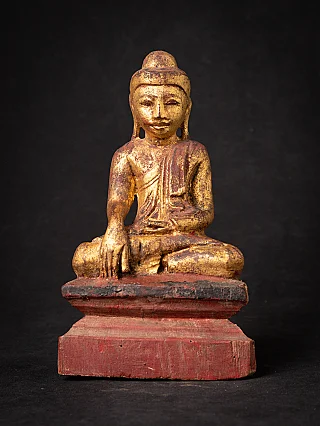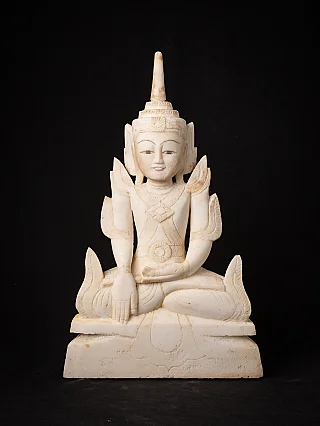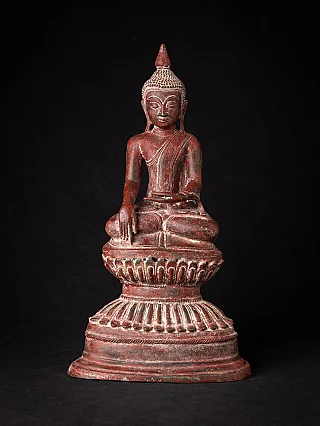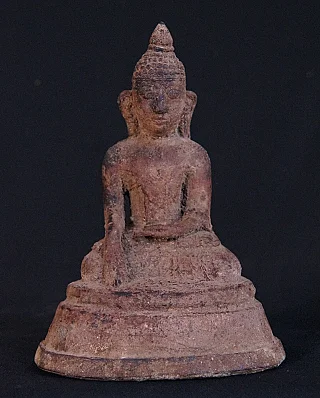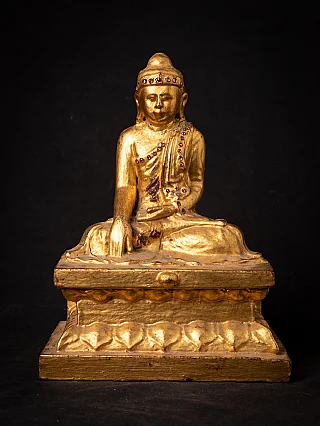Noble Eightfold Path
Author : Peter Vredeveld

Noble Eightfold Path is one of the principal teachings of Buddhism and is the fourth truths of Noble Four Truths and regarded by Buddha as the medium to attain Enlightenment.
Buddhism is among the most worshiped religions, followed by hundreds of millions. Buddhism is mainly based on the principle of Dharma and encompasses various traditions, beliefs, and practices based on Lord Buddha's teachings. When Lord Buddha achieved Enlightenment in Bodh Gaya, he embarked on a journey to help all sentient beings end their pain and be free from all suffering, known as Dukkha. Buddha gave his first preaching in Sarnath to Kaundinya and four other scholars who previously followed him, thinking he would attain Enlightenment. In Isipatana of Sarnath, he preached about Dhammacakkappavattana Sutta, including the Four Noble Truths and the Eightfold Path.
The Noble Eightfold Path is one of Buddha's principal teachings about ending the suffering of life and achieving self-awakening. The Noble Eightfold Path is the fourth truth of the Noble Four Truths of Buddha teachings. It is also known as the Middle Way or Middle Path. The Noble Eightfold Path is represented by the Dharma wheel, also known as Dharmachakra.
Threefold Division of Noble Eightfold Path

1. Wisdom
The first division of the three-fold division is Wisdom. Wisdom provides the sense to understand and see things as they are. There are two eightfold factors in Wisdom.
- Right View:
Right View is also known as Samma Ditti or Complete Vision. The Right View can be explained as the eye that guides the vision and directs all other factors. Right View means knowledge to end the suffering of life, knowledge of the origin of suffering, and knowledge of practice to end the suffering.
- Right Intention:
The second factor of Wisdom division is the Right Intention. It is also known as Samma Sankappa. Samma Sankappa means Intention, motivation, and purpose. Right Intention comes right after the Right View. Understanding the Right View helps differentiate the actual meaning of right and wrong intentions. Lord Buddha mentioned the three kinds of Right intentions.- Intention of renunciation
- Intention of loving-kindness
- Intention of Compassion
2. Moral Conduct
The Second Division of the Noble Eightfold Path is Moral Conduct or Ethical Conduct. It states that preventing one from making wrong speech and taking wrong actions is necessary since they are powerful tools that can increase one's suffering.
- Right Speech
The first factor of the Moral Conduct division of Buddhism is the Right speech. Right speech is also known as Samma-vaca. Right Speech of Noble Eightfold Path refrains one from using false speech, bad words, or lying. Right speech encourages one always to speak the truth.
- Right Action
Right Action is also known as Samma-Kammanta, which means integral Action or proper conduct. Right Action states that one should consistently behave well and never hurt or criticize others. One should never conduct any such action that will harm others and should not conduct sexual misconduct.
- Right Livelihood
The Right Livelihood is the final factor of the Moral Conduct division of the Middle Path. Right Livelihood is also known as Samma-Ajiva. Lord Buddha taught that one should not be involved in such occupation or job that may or will cause harm and suffering to others. They should not involve any occupation that deals with the flesh, poisons, weapons & arms, slave trade & prostitution, liquors, and drugs.
3. Concentration
Concentration is the third division of the Noble Eightfold Path and is believed to make one calm and collected to develop true Wisdom. Three Eightfold factors can be achieved by concentrating on a single meditating object.
- Right Effort
Right Effort can also be called Samma Vayama and translated as right endeavor and diligence. It is the first factor of the Concentration division of the Middle Way. One who follows Dharma's path must try to lose all evil thoughts, speech, and Action. Buddha mentioned four phases of efforts. They are:- Make an effort to cultivate and maintain wholesome states
- Make an effort to develop and raise wholesome states
- Make an effort to abandon the unwholesome that arise
- Make an effort to prevent unwholesome states from arising
- Right Mindfulness
Right Mindfulness is also known as Samma-Sati, which means complete awareness. Right Mindfulness states that one must constantly keep one's mind open to phenomena that may affect one's body and mind, which means one must know one's thoughts, words, and actions.
- Right Concentration
The Right Concentration is the last factor of the Concentration division and the Noble Eightfold Path. Right Concentration is also known as Samma-Samadhi. Buddha mentioned that any mind aware of all seven factors of the Middle Way, which are the Right View, Right Intention, Right Speech, Right Action, Right Livelihood, Right Effort, and Right Mindfulness, is called Noble Right Concentration.
According to the Buddhist tradition of Theravada Schools and Chinese Buddhist Schools, the Noble Eightfold Path or Middle Way was discovered by Lord Buddha when he was trying to achieve Enlightenment. These eight factors of the Middle Path were taught by Buddha so that the people who follow the Buddhist religion can follow them. They can lead to self-awakening and liberation from worldly suffering and pain.
Share this page



















